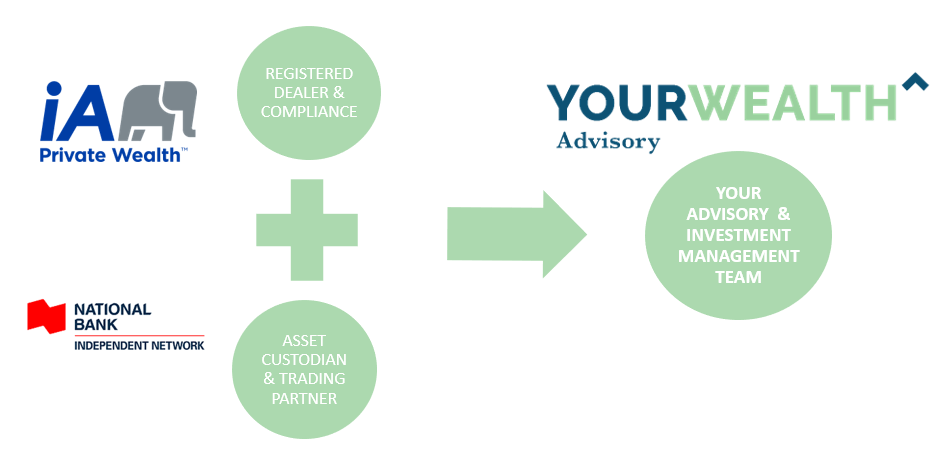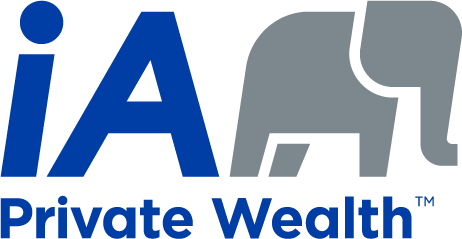HOW CAN I GET STARTED WITH YOURWEALTH ADVISORY?
Understanding what truly makes you unique is vital to ensuring we can help you grow and preserve your wealth for many years to come. That’s why we’re happy to invest all the time necessary to meet with you and your family to discuss your goals and objectives, right now and for the long term. The information you choose to share enables us to craft a comprehensive and customized profile, analyze your needs and determine the right course of action. In developing a personal wealth plan, our advisors are guided by the following process.
STEP 1 - FIT
We want to get to know you to ensure we can add the best value to you and your loved ones. Although we believe everyone deserves access to professional financial advice, investors with less than $500K of investable assets are considered at the Advisors’ discretion.
STEP 2 - DISCOVERY
At this stage we begin to collect information from you including what is important to you and where you want be. You will then be invited to complete a digital onboarding and accounts will be opened with us.
STEP 3 - PLAN
Analysis and design of your financial plan given your unique needs. We ensure your blind spots are covered and create a plan in line with your short and long term objectives.
STEP 4 - PROPOSAL
We present you with our recommended action plan that addresses the cornerstones of financial planning and details the various strategies required to meet your goals.
STEP 5 - IMPLEMENTATION
Once we're aligned on the strategy and action plan, we turn the plan into reality. Financial behavioral coaching is a large contributor to successful implementation and execution.
STEP 6 - MONITORING
Regular check-ins to ensure your plan still meets your needs as you journey through life. Depending on its complexity and your needs, this may take place on a quarterly, bi-annual, or annual basis.
HOW MUCH DOES IT COST?
At YourWealth Advisory, we believe in transparency. We use a tiered fee structure based on total assets actively managed. Fees and costs are an important part of any purchase decision. But like any purchase decision, there is a lot more to consider than just cost. Some examples of what our fees cover are listed below.
- Collecting client’s assets and liabilities
- Understanding client’s objectives, risk tolerances, and all potential risks
- Guiding clients to think through, plan, and prioritize their financial goals
- Investigate investment constraints including liquidity, time horizon, tax concerns, and other unique circumstances
- Professional and objective advice via in-person meetings, phone calls, and emails
- Researching products and services that could better meet the needs of our clients
- Evaluating cash flow and debt management.
- Protecting our clients from themselves through behavioural finance coaching. Managing client’s emotions and preventing poor financial decisions or irrational investment habits.
- Creating, managing, and monitoring portfolio performance
- Researching the market to determine suitability of trades
- Analyzing economic and financial landscape
- Providing investment recommendations and strategies tailored for each client
- Structuring investments to maximize tax efficiency
- Portfolio re-balancing
- Optimizing our client’s cash management
- Developing and servicing strategic solutions to meet the needs of our clients
- Retirement planning
- Trust and estate planning
- Personal referrals to industry professionals from our private network
- Licensed Advisor dues
- Business E&O insurance
- Compliance with IIROC
- Industry conferences and seminars
- 3rd party leading industry research through subscriptions
- Negotiated rates for our clients
- Staff salaries
- Office overhead including rent, hardware, software, supplies, etc.
- Record keeping and tax reporting
- Continuing education courses
- Improving client experience through innovations and technologies
- Traveling to meet clients
- Client events

WHY CHOOSE A DISCRETIONARY PORTFOLIO MANAGER?
Research suggests that investors who have access to professional financial advice, have on average 3.9 times more assets after 15 years than similar investors without advice. Additionally, less than 10% of all financial advisors in Canada have attained a Portfolio Manager designation. Portfolio Managers manage investment portfolios on behalf of individuals, corporations, and trusts. Portfolio Managers differ from other retail investment advisors as they manage larger amounts of money for fewer clients. As a result, clients have closer access to the people who make the investment decisions. Clients also receive more personalized reporting, communication, and access to leading industry resources.
EXPERT HOLISTIC ADVICE
We guide you through a disciplined approach that’s designed to align your personal objectives to your investment strategy resulting in a solid total wealth plan.
FIDUCIARY DUTY
Portfolio Managers have a fiduciary duty to manage and protect their clients' investments while dealing fairly, honestly, and in good faith.
PERSONALIZED PORTFOLIO MANAGEMENT
Portfolio Managers design and construct portfolio solutions that are not available at the mass-market level.
INDEPENDENCE
Portfolio Managers have the freedom to make independent choices from a full suite of wealth solutions to find the options that best suit client needs.
HOW IS YOURWEALTH ADVISORY AND IA PRIVATE WEALTH RELATED?
YourWealth Advisory consists of independent business owners that are fully invested in YOU.
iA Financial Group, the parent company of iA Private Wealth, is one of Canada’s largest insurance and wealth management firms. Founded in 1892 and publicly traded since 2000, iA Financial Group has more than $180 billion in assets under management and administration and serves more than four million clients. iA Private Wealth offers tailored wealth management solutions through a network of more than 500 independent Investment Advisor teams. With almost $40 billion in assets under administration, we are the partner of choice for discerning investors across Canada.
Backed by one of the largest insurance and wealth management dealer members in the country, YourWealth Advisory offers individuals, families, and businesses fully independent and integrated wealth solutions.

WHAT KIND OF SAVING PLANS SHOULD I START WITH?
RRSP
Save on taxes now. See more growth long term.
The benefit of a Registered Retirement Savings Plan (RRSP) is simple: by setting aside income for retirement, you can reduce your income tax now, deferring payment of those taxes until you stop working. This enables your RRSP savings to grow – tax-free and through compounded growth – until you need them.
While there’s no hard and fast rule, contributing about 12% of your pre-tax income each year is recommended, up to a maximum of 18% of your income. The goal for most people should be to contribute enough so that when you retire, you can maintain the same lifestyle you enjoyed while you were working.
No. If you don’t maximize your contributions, you can carry forward any unused deduction room indefinitely. Your carry-forward amount is noted on your Notice of Assessment from Canada Revenue Agency
Contributions made in the first two months of the year can be declared for either tax year. If, for example, you don’t want the contribution included on your current tax return, simply wait and include the amount on the following year’s tax return
In the year you turn 71, your RRSP account is closed and the funds are converted into a source of retirement income in the form of a Registered
Retirement Income Fund (RRIF), annuity or a lump-sum cash withdrawal.
Yes. You can withdraw up to $35,000 tax-free through the Home Buyers’ Plan (HBP), for a down payment on your first home. You can also withdraw up to $10,000 tax-free per year through the Lifelong Learning Plan to finance full-time
training or education for you, your spouse or common-law partner. In both cases, the borrowed funds must be repaid to your RRSP account within a given period of time.
TFSA
The flexible way to save.
A Tax-Free Savings Account (TFSA) is an effective way to grow your savings, as the money you contribute is not tax-deductible upfront or taxed if you have to withdraw it. With a TFSA, you can park your money tax-free in the short term or save it over the long term to complement your RRSP.
Yes, although all accounts are still subject to the single combined annual
contribution limit – currently $6,000 for 2021. If you have never contributed to a TFSA and have been eligible since its introduction in 2009, your cumulative contribution room will be $75,500 in 2021.
If, at any time, you contribute an amount above your annual limit, you’ll be charged a tax of 1% per month on that excess amount until it’s withdrawn or until your TFSA contribution room for the following year resets.
You can certainly contribute foreign funds to a TFSA – the issuer will simply convert the funds to Canadian dollars using the applicable exchange rate on the date of the transaction. The total amount of your contribution (in Canadian dollars) cannot exceed your TFSA contribution room. If dividend income from a foreign country is paid to a TFSA, the dividend income could be subject to foreign withholding tax.
You can’t share an account but you may contribute to your spouse or common-law partner’s TFSA, subject to his or her available contribution room.
If you name your spouse or common-law partner as the successor account holder, your TFSA funds can be easily transferred and continue to grow tax-free. If you don’t appoint a successor account holder, additional steps
are required.
RESP
Consider an RESP for your child's education
In today’s competitive job market, a college or university degree is more important than ever. But with the rising cost of post-secondary education, paying for it can be a challenge. A Registered Education Savings Plan (RESP) enables you to make contributions now toward your child’s future education.
There is no limit to the number of plans from different institutions your child can have, but there is still a lifetime contribution limit of $50,000 per beneficiary for all of the plans combined.
As many contributions as you like can be withdrawn to pay for your child’s qualifying post-secondary education program. Withdrawals from the Canada Education Savings Grant (and other grants) received or
interest earned is called an Education Assistance Payment and can be used to pay for tuition, books or transportation.
Yes. If, for example, one child decides not to attend university, you may change the beneficiary named on the RESP. Or you can simply add the child to an existing RESP family plan.
RESPs mature after 35 years and any unused contributions are returned tax-free to the contributor. Any income from the contributions can be transferred up to $50,000 into the contributor’s (or spouse’s) RRSP or taxed at the marginal rate plus a 20% surtax. Any unused Canada Education Savings Grant funds must be repaid to the government.
Contributions can be withdrawn tax-free at any time by the contributor, but restrictions may apply on future Canada Education Savings Grant payments.








